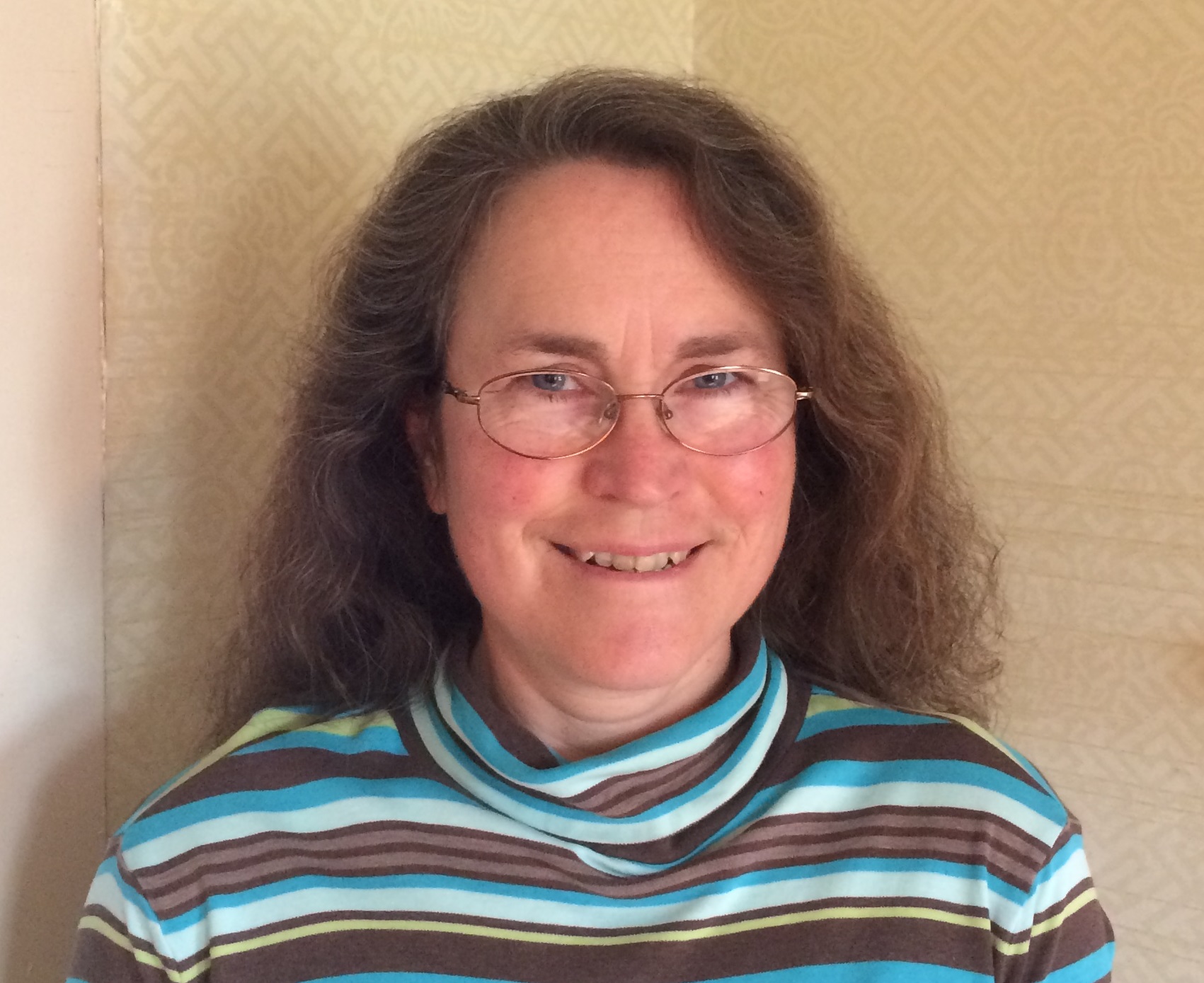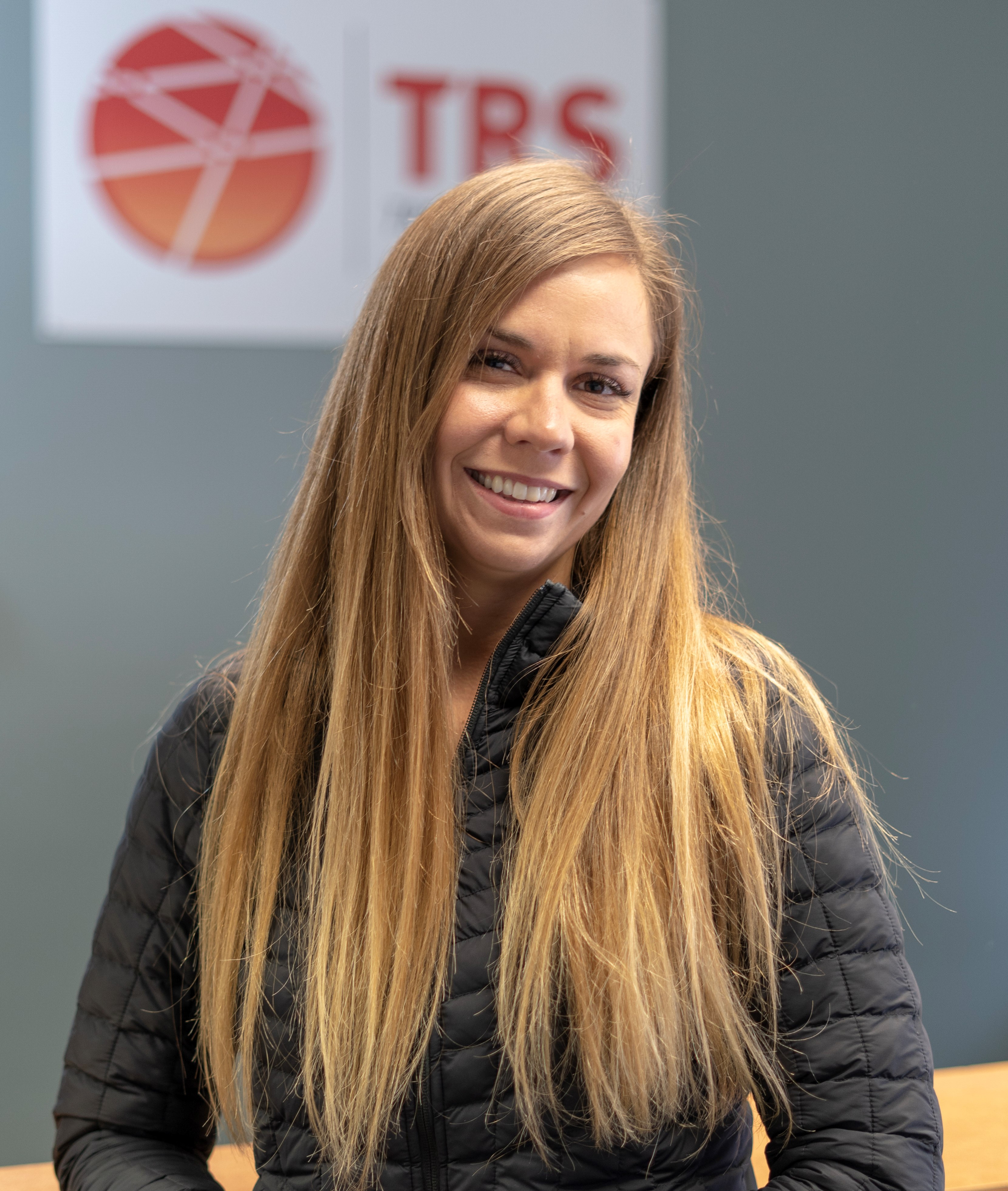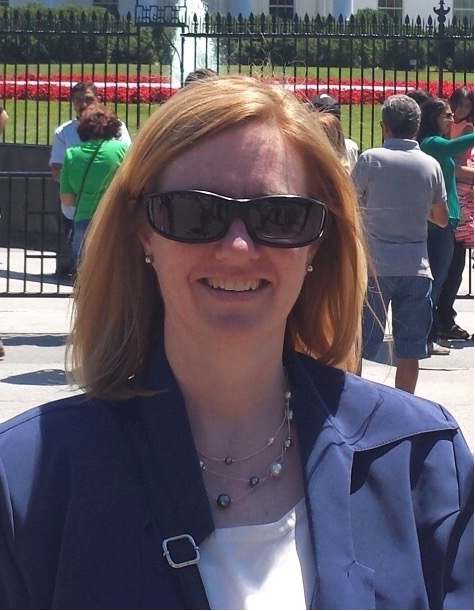Heat Enhanced Hydrolysis of Energetic Compounds and Field Results
Sponsored by: Society of American Military Engineers (SAME) Denver Post, SAME Philadelphia Post, and US EPA
Archived: Wednesday, April 8, 2020
The Society of American Military Engineers (SAME) Denver Post and Philadelphia Post along with the US Environmental Protection Agency (EPA) are hosting a series of webinars based on talks given at recent Design and Construction Issues at Hazardous Waste Sites (DCHWS) Symposiums. The mission of the DCHWS symposiums is to facilitate an interactive engagement between professionals from government and the private sector related to relevant and topical issues affecting applications of engineering and science associated with cleaning up hazardous waste sites. The symposiums also serve as a platform to facilitate the exchange of information, encourage dialogue, share experiences, and build and enhance communication among design and construction professionals.
The USACE Omaha District contracted TRS Group, Inc. (TRS) and HydroGeoLogic, Inc. (HGL) to implement a low temperature thermal pilot study to evaluate the effects of in situ heating to enhance the hydrolysis of munition constituents (MCs) found in soil. Applying electrical resistance heating (ERH) at sub-steaming temperatures, TRS is heating vadose zone soils.
The site was established to receive and store ammunition and was placed into inactive status in 1967. The area to be targeted by the pilot study is a former leach bed, contaminated with munition compounds, which include hexahydro-1,3,5-trinitro-1,3,5-trazine (RDX), trinitrotoluene (TNT), dinitrotoluene (DNT), and pentaerythritol tetranitrate (PETN). RDX, TNT, and 2,4-DNT were observed with maximum concentrations of 41 milligrams per kilogram (mg/kg),10 mg/kg, and 4.6 mg/kg, respectively. As PETN was only detected in trace concentrations, the study is focused on the TNT, 2,4-DNT and RDX, with RDX being the primary contaminant of interest.
TRS is heating the treatment volume soil to an average of 80°C over a period of about two months and maintaining temperature for four additional months. TRS and HGL selected the temperature to maximize hydrolysis kinetics without generating steam. Hydrolysis is a water-based reaction. Under ambient conditions the reaction rate is sufficiently slow as to not be a viable remedy; however, at elevated temperatures the reaction rates become quite favorable. The moisture content within the bulk soil ranges between 30 to 40 percent, as commonly found in this type of geologic setting, and is sufficient to support hydrolysis. To ensure proper energy delivery, TRS drips water to each electrode to maintain conductivity at the electrode/soil interface. This added water contributes to the bulk soil moisture content and ensures hydrolysis continues throughout treatment.
TRS initiated power input to the subsurface in July 2019. Following four months of heating, soil samples were collected in November 2019. An additional round of soil sampling is planned after six months of heating in January 2020. The presentation will focus on the innovative approach to enhancing hydrolysis, results of low temperature ERH remediation, including MC data from various confirmation soil sampling events, and lessons learned when implementing a low temperature thermal remedy.
Upcoming Design and Construction Issues at Hazardous Waste Sites (DCHWS) Series Webinars
Design and Construction Issues at Hazardous Waste Sites (DCHWS) Series Archives
- Ten Years of Optimization of the Environmental Restoration program at a DoD Facility in North Carolina (Sep 15, 2021)
- Risk Management During the Cost Estimating Process (Jul 14, 2021)
- Increasing Treatment Certainty while Controlling Remediation Cost - Case Studies using Hydraulic Fracturing to Deliver Amendments at Low-Permeability Sites (Jul 14, 2021)
- Design and Construction Issues at Hazardous Waste Sites Webinar on Successful Remedial Design, Session 2 (May 12, 2021)
- Design and Construction Issues at Hazardous Waste Sites Webinar on Successful Remedial Design, Session 1 (May 12, 2021)
- An Environmental Cold Case Detective Story: Discovery and Repair of the Soil Cover on the Cell 3 Landfill (Apr 28, 2021)
- 2021 Design and Construction at Hazardous Waste Sites Virtual Symposium (Apr 1, 2021)
- 2021 Design and Construction at Hazardous Waste Sites Virtual Symposium (Mar 31, 2021)
- 2021 Design and Construction at Hazardous Waste Sites Virtual Symposium (Mar 29, 2021)
- EPA Region 2 Forty Years to the Finish - A Case Study of Combe Fill South Landfill Superfund Site (Jan 13, 2021)
- 2020 Design and Construction at Hazardous Waste Sites Virtual Symposium: Panel 5 and Panel 6 (Oct 28, 2020)
- 2020 Design and Construction at Hazardous Waste Sites Virtual Symposium: Panel 3 and Panel 4 (Oct 27, 2020)
- 2020 Design and Construction at Hazardous Waste Sites Virtual Symposium: Panel 1 and Panel 2 (Oct 26, 2020)
- Former BICC Cables Site Construction Hudson River Sediment Cap Under the EPRI Building Yonkers, Westchester County, New York (Jun 10, 2020)
- Integration of Resiliency and Sustainability into Remedy Evaluation, Design, and O&M: A Compilation of Case Study Findings (May 13, 2020)
- Heat Enhanced Hydrolysis of Energetic Compounds and Field Results (Apr 8, 2020)
- Reducing Cost Risk in Remedial Action Budgets Using Supplemental Analyses (Mar 11, 2020)
- Investigation, Design, Construction, and Optimization of a Large-Scale Combined In Situ Thermal Treatment and Enhanced Bioremediation Remedy (Feb 12, 2020)
- An Overview of the Fundamentals of Sequence Stratigraphy and its Application to Developing Robust Conceptual Site Models and Remedial Strategies (Jan 15, 2020)
- Construction Manager Perspective: Lessons Learned Implementing the Superfund Job Training Initiative (Super JTI) (Dec 11, 2019)
- Substrate Longevity and Long-Term Performance of Biochemical Reactors for Passive Treatment of Mine-Impacted Water (Nov 25, 2019)
- Harnessing Natural River Processes to Remediate 120 km of the Big River in Jefferson County, Missouri (Sep 25, 2019)
Accessibility, Recording, and Content Disclaimer
Rehabilitation Act Notice for Reasonable Accommodation
It is EPA's policy to make reasonable accommodation to persons with disabilities wishing to participate in the agency's programs and activities, pursuant to the Rehabilitation Act of 1973, 29 U.S.C. 791. Any request for accommodation should be made to Kate Garufi at 703-517-5857 or garufi.katherine@epa.gov, preferably one week or more in advance of the webinar, so that EPA will have sufficient time to process the request. EPA would welcome specific recommendations from requestors specifying the nature or type of accommodation needed. Please note that CLU-IN provides both alternate phone call-in options and closed captioning for all webinars, and requests for these specific accommodations are not necessary.
Webinar Recording
By participating in this CLU-IN webinar, you automatically agree to authorize recording of audio and visual content presented during this live event and consent to subsequent use of this recording in the public domain by the U.S. Environmental Protection Agency. This recording may include questions, comments and poll responses provided by you during the live event in addition to your name, voice, image or likeness. This recording will be made available after the conclusion of the live event as part of the CLU-IN webinar archives, and will remain available indefinitely. If you do not wish to consent to the recording, please do not join the live event, and contact Jean Balent at 202-566-0832 or balent.jean@epa.gov to discuss your concerns.
Content Disclaimer
This webinar is intended solely to provide information to the public. The views and opinions expressed as part of this webinar do not necessarily state or reflect those of the U.S. Environmental Protection Agency. It is not intended, nor can it be relied upon, to create any rights enforceable by any party in litigation with the United States, or to endorse the use of products or services provided by specific vendors. With respect to this webinar, neither the United States Government nor any of their employees, makes any warranty, express or implied, including the warranties of merchantability and fitness for a particular purpose, or assumes any legal liability or responsibility for the accuracy, completeness, or usefulness of any information, apparatus, product, or process disclosed, or represents that its use would not infringe privately owned rights.
Presenters:
 Cindy Crane, HydroGeoLogic, Inc. (ccrane@hgl.com or 603-244-5186)
Cindy Crane, HydroGeoLogic, Inc. (ccrane@hgl.com or 603-244-5186)
Cindy Crane, Ph.D., P.E., has 27 years of experience in investigation and remediation of contaminated sites, including field testing a variety of remediation technologies such as heat-enhanced reductive dechlorination, surfactant-enhanced LNAPL extraction, and groundwater recirculation for amendment distribution. As HGL's Technical Director of Engineering, she focuses on the development and implementation of in situ remediation strategies.
 Emily Crownover, PhD, TRS Group, Inc (ecrownover@thermalrs.com or 360-846-8963)
Emily Crownover, PhD, TRS Group, Inc (ecrownover@thermalrs.com or 360-846-8963)
Emily Crownover is a lead engineer at TRS overseeing engineers supporting thermal remediation projects through site design, construction, operations, and research and development. She joined TRS after obtaining her Ph.D. in Bioengineering from the University of Washington-Seattle. She leads the TRS research and development program including PFAS treatment in water and soil, 1,4-dioxane remediation, and low temperature heating to enhance degradation pathways.
 Molly Maxwell, USACE
Molly Maxwell, USACE
Molly Maxwell is the Formerly Used Defense Site (FUDS) Program Manager for the Omaha District, U.S. Army Corps of Engineers. She received her Bachelors of Science in Biochemistry, Biology and Bio-Agricultural Sciences from Colorado State University. Later, she received her Masters of Science from the University of Hawaii - Manoa in Microbiology. She has over 20 years experiences in remedial activities conducted in the private and government sectors. She has worked at USACE for 11 years in various roles and is an active advocate for the use of innovative remedial technologies.
Moderators:
 Jean Balent, U.S. EPA Technology Innovation and Field Services Division (balent.jean@epa.gov or 202-566-0832)
Jean Balent, U.S. EPA Technology Innovation and Field Services Division (balent.jean@epa.gov or 202-566-0832)
Ms Balent is on the staff of the EPA's Technology Innovation and Field Services Division where she has worked to collect and disseminate hazardous waste remediation and characterization information since 2003. Ms Balent manages the Clean Up Information Network website and actively supports online communication and collaboration resources available to EPA. She formerly worked with the US Army Corps of Engineers Environmental Engineering Division in the Buffalo District. Ms Balent was also a member of the SUNY-Buffalo Groundwater Research Group where she constructed and tested large scale models of groundwater flow. Ms Balent has also conducted research relating to the Great Lakes, environmental remediation, and brownfields re-development. She holds a Bachelor's degree in environmental engineering from SUNY-Buffalo and a Master's degree in Information Technology from AIU.
 Kate Garufi, EPA OSRTI (garufi.katherine@epa.gov or 703-517-5857)
Kate Garufi, EPA OSRTI (garufi.katherine@epa.gov or 703-517-5857)
Kate Garufi, a project management professional, is the Rocky Mountain region remediation lead for HDR based out of Denver, Colorado. In this role, Kate partnerswith federal clients, including the U.S. Environmental Protection Agency and U.S. Army Corps of Engineers, and industrial clients on complex remediation projects. Prior to joining HDR, Kate spent 16 years at the EPA Headquarters in the Office of SuperfundRemediation and Technology Innovation. At EPA, she was a Superfund program expert in Superfund site management, design and construction project delivery, and technical project scoping. She holds a master's degree in environmental engineering from John Hopkins University and a bachelor's degree in chemical engineering from Virginia Tech
Webinar Slides and References:
Webinar Slides and References:
Additional Resources:
- These materials will be available by Wednesday, April 8, 2020
If you have a suggested topic or idea for a future CLU-IN internet seminar, please contact:
Technology Integration and Information Branch
PH: 202-566-0832 | Email: balent.jean@epa.gov
Technology Integration and Information Branch
PH: 202-566-0875 | Email: adam.michael@epa.gov





